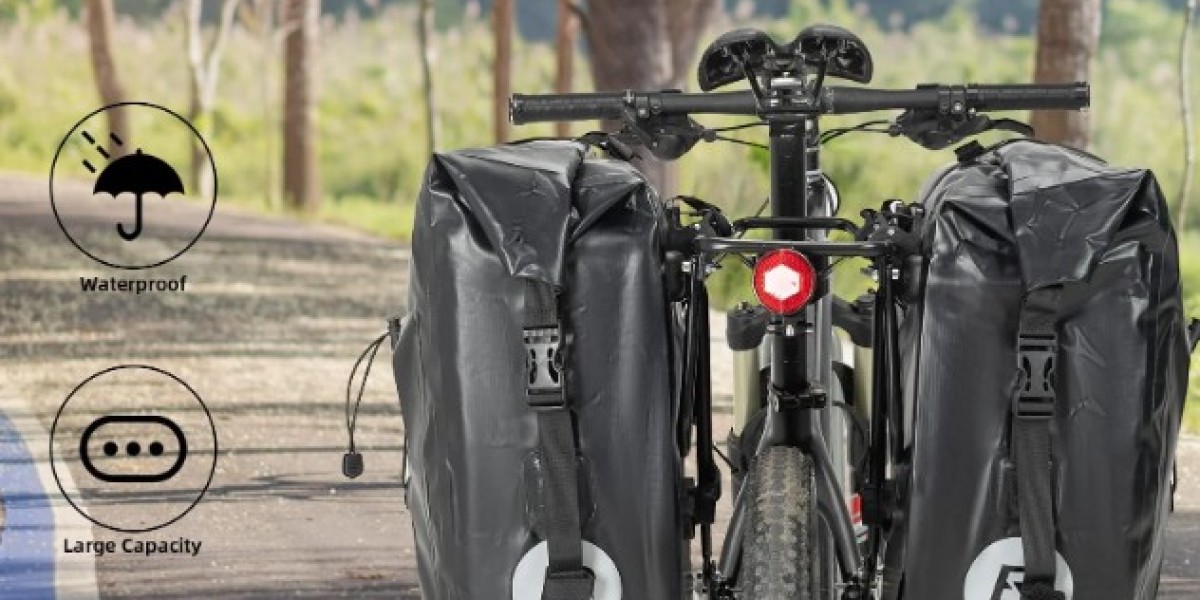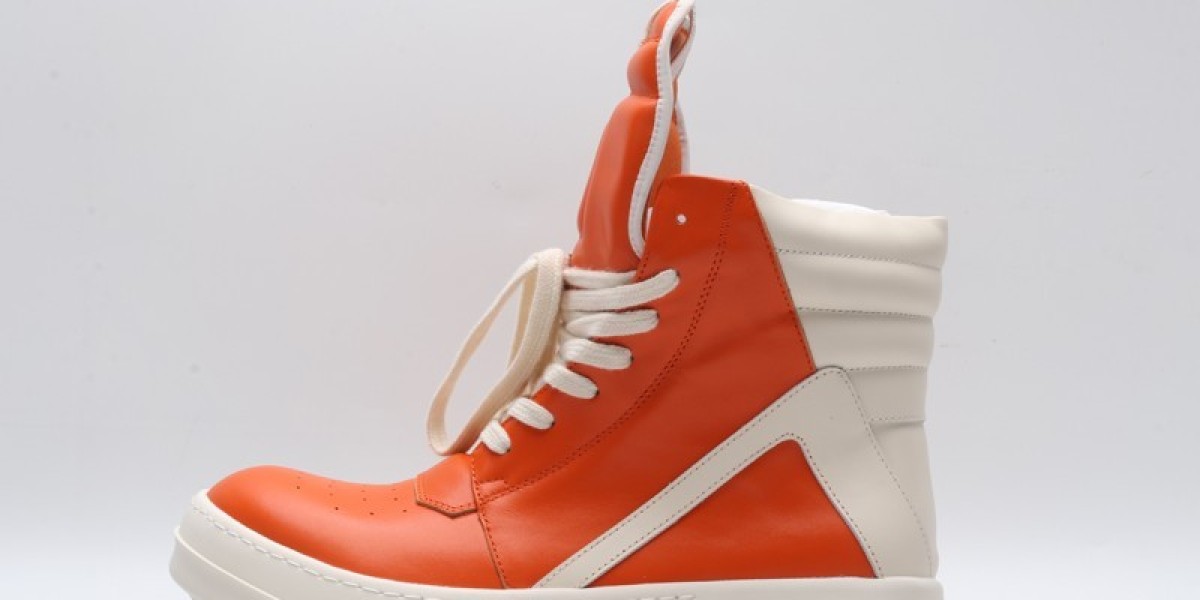Cycling is an activity that combines freedom, fitness, and exploration. But no matter what kind of rider you are, carrying your essentials safely and comfortably is a common challenge. Enter the bicycle bag—an accessory designed to enhance your cycling experience by providing smart, hands-free storage options.
Gone are the days when cyclists had to rely on backpacks or bulky backpacks that cause discomfort and affect balance. With a wide range of bicycle bags available today, from compact saddle packs to spacious panniers, every rider can find a bag that fits their unique needs.
In this guide, we’ll explore the types of bicycle bags, key features to look for, and tips to get the most out of your gear on every ride.
1. Why Choose a Bicycle Bag Over a Backpack?
Many cyclists initially opt for backpacks because they’re familiar and versatile. However, backpacks can lead to sweaty backs, restricted movement, and shoulder discomfort during long rides. Bicycle bags, on the other hand, offer several advantages:
Hands-Free Riding: No need to carry weight on your shoulders, which improves posture and comfort.
Better Bike Stability: Weight is distributed evenly on the bike, improving balance and control.
Easy Accessibility: Many bags provide quick access to essentials without stopping.
Weather Protection: Most bicycle bags feature water-resistant or waterproof materials to protect your belongings.
Choosing the right bicycle bag means less hassle and more enjoyable cycling.
2. Types of Bicycle Bags and Their Unique Benefits
Understanding different bicycle bag designs will help you find the perfect match for your cycling habits.
Handlebar Bags
Attached to your handlebars, these bags are perfect for items you need at arm’s reach, like your phone, wallet, or snacks. Many handlebar bags come with clear touchscreen-compatible windows for easy navigation.
Ideal for: Short rides, urban commuting, and bike touring
Pros: Convenient access, usually waterproof, adds minimal weight
Saddle Bags (Seat Packs)
These compact bags fix under your bike’s saddle, ideal for storing tire repair kits, spare tubes, and small tools. They keep your bike sleek and aerodynamic.
Ideal for: Road cyclists and minimalists
Pros: Lightweight, unobtrusive, great for essentials
Frame Bags
Frame bags fit inside your bike’s triangle frame and offer more storage space without affecting your bike’s aerodynamics or handling. They’re great for carrying heavier items like food, tools, or batteries.
Ideal for: Bikepacking and long-distance riders
Pros: Balanced weight distribution, spacious
Pannier Bags
Mounted on racks at the front or rear of your bike, panniers provide the largest storage capacity. They’re perfect for carrying groceries, work gear, or camping equipment.
Ideal for: Commuters, grocery shoppers, and touring cyclists
Pros: Large capacity, weatherproof options available, versatile
Trunk Bags
Sitting on top of the rear rack or behind the saddle, trunk bags are medium-sized, offering quick top access and often include compartments for organizing small items.
Ideal for: Everyday commuters and casual riders
Pros: Easy access, moderate capacity
3. Essential Features to Look for in a Bicycle Bag
Choosing the right bicycle bag goes beyond style. Here are important features to consider:
Waterproofing and Durability
Look for bags made with water-resistant fabrics like PVC or coated nylon, and sealed zippers to keep your belongings dry during rain or splashes.
Secure Attachment Systems
Reliable mounting solutions ensure your bag stays in place even on bumpy roads. Quick-release clips, Velcro straps, and hooks are common attachment methods—choose one compatible with your bike.
Capacity and Size
Select a bag size that fits your daily needs without overloading your bike. Avoid bulky bags that affect your riding position or bike handling.
Organization and Accessibility
Compartments and pockets can help keep your gear organized and easy to find. Some bags offer quick-access external pockets or clear phone windows.
Reflective Elements
Safety matters—especially in low-light conditions. Reflective strips or bright colors increase your visibility to motorists.
4. How to Pack Your Bicycle Bag for Maximum Efficiency
Packing your bicycle bag strategically improves comfort and ride quality.
Distribute weight evenly: Balance heavy items to avoid bike wobble.
Use smaller organizers: Separate tools, snacks, and electronics for easy access.
Keep essentials accessible: Store frequently used items near the top or in external pockets.
Avoid overloading: Respect your bag’s capacity limits to prolong its lifespan and keep your bike stable.
5. Maintenance Tips to Extend Your Bicycle Bag’s Life
To ensure your bicycle bag serves you well for years, follow these simple care tips:
Clean your bag regularly with mild soap and water. Avoid harsh chemicals.
Dry your bag completely after wet rides to prevent mold and bad odors.
Inspect mounting points, zippers, and straps periodically for wear and replace parts if needed.
Store your bag indoors away from sunlight to prevent fading and fabric damage.
6. Who Should Use a Bicycle Bag?
Commuters
Ideal for carrying laptops, documents, and lunch, bicycle bags help commuters ditch car traffic and reduce shoulder strain.
Touring Cyclists
With high capacity and weatherproof designs, panniers and frame bags let touring cyclists carry all the gear needed for long trips.
Casual Riders
Handlebar and trunk bags are perfect for casual riders running errands or weekend adventures.
Road Cyclists and Minimalists
Compact saddle bags and small frame bags provide essential tools without bulk, maintaining aerodynamic form.
Conclusion: A Bicycle Bag Is More Than Just Storage—It’s a Riding Essential
No matter your cycling style, a bicycle bag can upgrade your experience by offering practical, hands-free storage that improves comfort, convenience, and safety. By selecting the right type, features, and size, you ensure your essentials travel with you securely—allowing you to focus on what truly matters: enjoying the ride.









